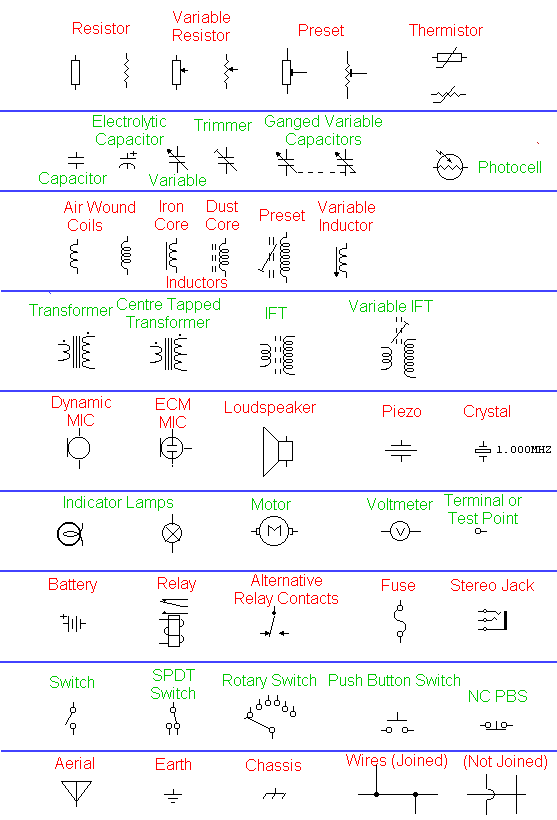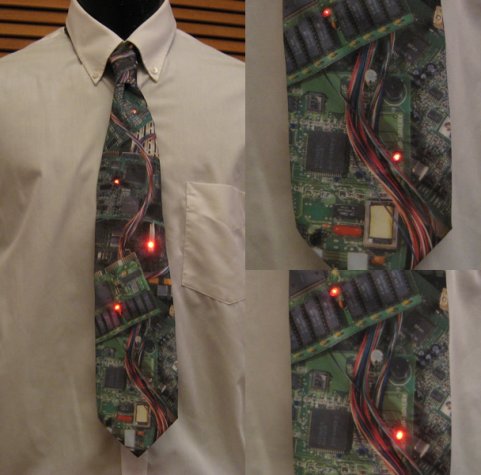BD EEE
Saving Electricity Tips
The biggest electricity users in the home tend to be heating
and/or air conditioning, water heating, washing machines, tumble dryers,
dishwashers, lighting, and the refrigerator. When looking to save electricity,
spend the most time focussing on these big energy hogs to get the biggest
effect for your efforts.
Here are a selection of tips to help you to reduce your electricity
consumption:
1. Turn off your television, video, hifi, playstation, and other entertainment
devices when they are not being used.
2. Do not leave your television etc in standby mode. Devices can
use up to 90% as much power in standby mode as when they are on, so it is a
serious waste of energy when a device is left constantly on standby. If you
keep forgetting, consider purchasing a powersafer - a device which
automatically cuts power to appliances when they go into standby mode.
3. Replace all of your inefficient incandescent light bulbs with energy
efficient CFT bulbs. Replace halogen spotlights with
much more efficient and longer lasting Leb Spotlights
4. Hang your clothes out to dry rather
than using an electric tumble dryer. Ideally use a Spin dryer before using the tumble dryer.
5. Cook many items at the same time when your electric oven is hot.
6. Use a microwave to reheat food or to cook small portions. Although a
microwave uses a lot of power, it does so over a very short time and so saves
energy overall.
7. Turn down your heating system thermostat. For every degree you lower
your heat between 60° and 70° F you can reduce your heating bill by up to 5%.
Wear an extra layer of clothing in the house so that you stay warm. Turn down
individual radiators - for example, 16°-18° is warm enough for bedrooms whereas
20°-22°C is more comfortable in bathrooms. Rooms that are rarely used can have
their heating turned all the way down or off.
8. Purchase energy efficient white goods
(washing machines, tumble driers, fridges etc). Although they usually cost a
little more initially, the cost savings in electricity will cover that many
times over. As an added benefit, efficient items are usually better made and
last longer than inefficient models.
9. Vacuum clean the condenser coils at the back or underneath your fridge
freezer. Accumulated dust reduces their efficiency by up to 25% adding that
cost to your electricity bill.
10. Keep your fridge full, but not so full that air cannot circulate properly.
11. Fold clothes straight out of the tumble drier while they are still warm to
save on ironing.
12. Cool cooked food before you put it into the fridge.
13. Do not put uncovered liquids into the fridge. Their evaporation will make the
fridge have to work harder.
14. Heat only as much water as you require for drinks and cooking. If you keep
forgetting, purchase an energy efficient eco Kettle .
15. Use a convection oven. A small fan inside circulates hot air throughout the
oven cutting cooking times by up to 30%.
16. Don't preheat the oven for roasting.
17. Don't keep opening the oven door. Every time you do so, your oven loses
20°C of heat.
18. Put lamps in the corner of a room so that the light is reflected off two
walls.
19. Turn down the temperature on your washing machine. Heating the water
uses the majority of the electricity, so by doing a warm wash instead of a hot
wash, big savings are possible.
20. Defrost frozen food in the fridge since this helps to cool the fridge.
21. Running a full load in an efficient dishwasher will use less hot
water than washing up by hand in the sink! Save money, save time, and save
electricity.
22. Boil water in a kettle rather than on a hob to save 50-70% of the energy
and to get your water boiled faster.
23. In the summer use ceiling fans on a fast setting instead of air
conditioning to keep cool. In the winter, running the fans slowly will push
warm air collected at ceiling height down to where you want it. (If the slowest
setting on your fan is too strong, reverse the direction of the fan in the
winter so that the accumulated warm air is blown up against the ceiling and
bounces more gently down around the walls and into the living space.
Circuit
Symbols
The diagram below shows passive components, resistors, capacitors and inductors, and also electrical components such as switches, relays, motors and lamps. Also shown are the symbols for wires that are not joined ( no physical electrical connection ) and wires that are joined ( a physical electrical connection ).

Circuit-board-tie

ADVERTISE:
Voice: 01199100547, 01719344312
We deliver more
Our Event Management & Wedding Planing offers a user-friendly environment for facility scheduling and event management
For
Employee meetings,
Wedding Occasion ,
Birthday anniversary,
Marriage anniversary ...
